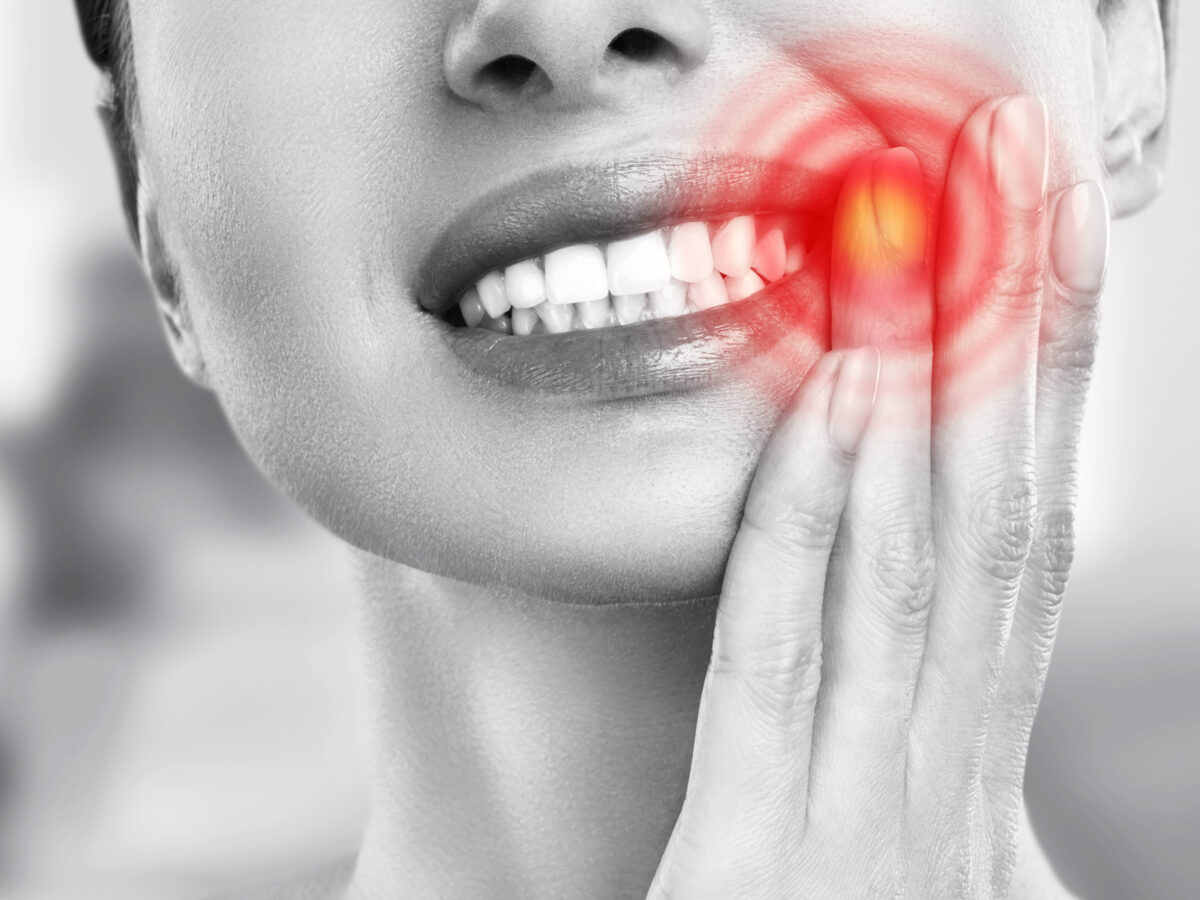Blog
Dental hygiene tips for healthy teeth & gums

Tips for a Quick Recovery After Wisdom Tooth Removal
People generally have four wisdom teeth, one in the upper and one in the lower corners. You develop wisdom teeth in your late teens when all twenty-eight other teeth are already in place. This results in wisdom teeth not getting enough space to grow properly.
Due to the lack of space, some of us might have impacted wisdom teeth, which means the teeth either emerge partially or at an angle (or get stuck.) If your wisdom teeth start giving you pain, it is time to see your dentist. Your dentist might carry out an X-ray of your teeth to decide if you require the removal of these teeth.
Why Wisdom Teeth Need Removal
Even if your teeth are impacted due to lack of space, you do not need to remove them unless they start giving you pain.
- Wisdom teeth that haven’t broken through completely can develop dental issues as bacteria and food get trapped at the edges of wisdom teeth.
- Some of the dental problems that underdeveloped wisdom teeth can cause are:
- Tooth decay
- Periodontitis
- Gum disease like gingivitis
- Cellulitis – a bacterial infection of the tongue, cheek, or throat.
- Cysts or benign growths – This is a rare condition when a tooth that has not broken through develops a swelling filled with fluid called cysts.
- Abscess – Due to bacterial infection, you could develop a collection of pus either in the wisdom teeth or surrounding tissue.
- Pericoronitis – In this disease, gums around the teeth get infected and swell.
What Happens After Removing Wisdom Tooth
Removal of wisdom teeth is a minimally invasive procedure. To remove wisdom teeth, you are usually given local anesthesia through injection to numb the area around wisdom teeth.
- The dentist might need to incision your gum to remove the wisdom tooth.
- The whole procedure would take twenty minutes or more.
- You might experience discomfort and swelling inside and outside of the mouth, which usually lasts three days (but might prolong for up to two weeks.)
- It is normal to have slight bleeding at the extraction site for the first few hours after the procedure.
- You might be allergic to local anesthesia and feel nauseous in rare conditions.
- It is best not to smoke during the healing period since that could cause a delay in healing or infection.
- Some people might develop another complication called “dry socket,” where you feel a dull aching sensation in your jaw and gums. Sometimes bad taste and smell can also come from the empty socket.
- Wisdom tooth removal also carries a small risk of nerve damage, where you might get a numb or tingling sensation in your lower lip, tongue, teeth, chin, or gums. This condition is usually temporary but could be permanent in some cases.
What to do for Quick Recovery After Wisdom Tooth Removal
If you follow the tips provided below, you could have a quick and painless recovery after your tooth has been removed:
- Pain management – Your dentist would prescribe over-the-counter medicines to manage pain during the first couple of days after removal. You could also apply an ice pack on the side of your face where the tooth has been removed. This will minimize swelling and bleeding from that extracted area. Wrap ice packs in a cloth and keep them on your face every twenty minutes.
- Biting on Gauze pad – Your dentist would tell you to bite gently on the gauze pad to stop bleeding. By doing this, you also form blood clots faster which are vital for your recovery. Blood clots protect the exposed wound and bone from infections.
- Avoid strenuous activities – Do not exert yourself during recovery, and use an extra pillow to support your head at night.
- Eat soft food – You must choose food that does not require much chewing for the first few days, as excessive chewing can interfere with stitches and blood clots. You could include food like soft soups, yogurt, broths, scrambled eggs, pudding, smoothies, mashed potatoes or bananas, apple sauce, and other food having such consistency.
Based on how much pain you can tolerate, follow the dentist’s prescription for pain management. Your dentist might also give you antibiotics to fight infection, which you must follow for the prescribed dosage and period.


